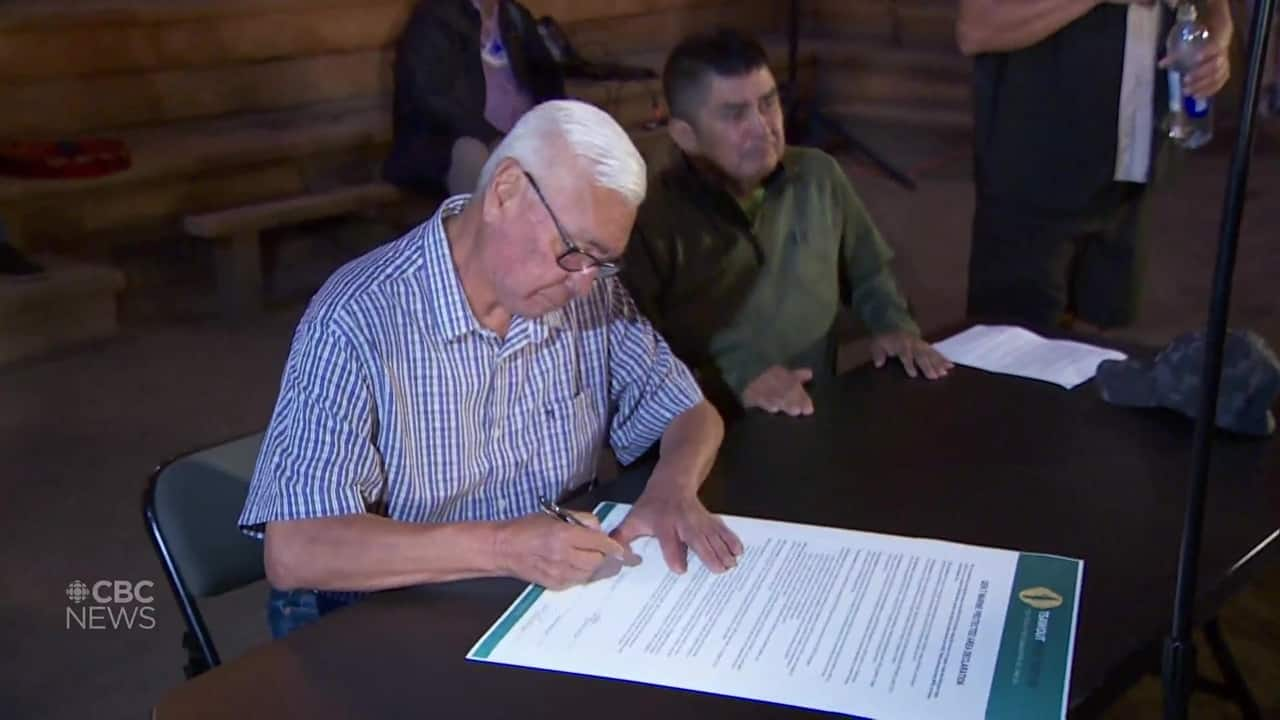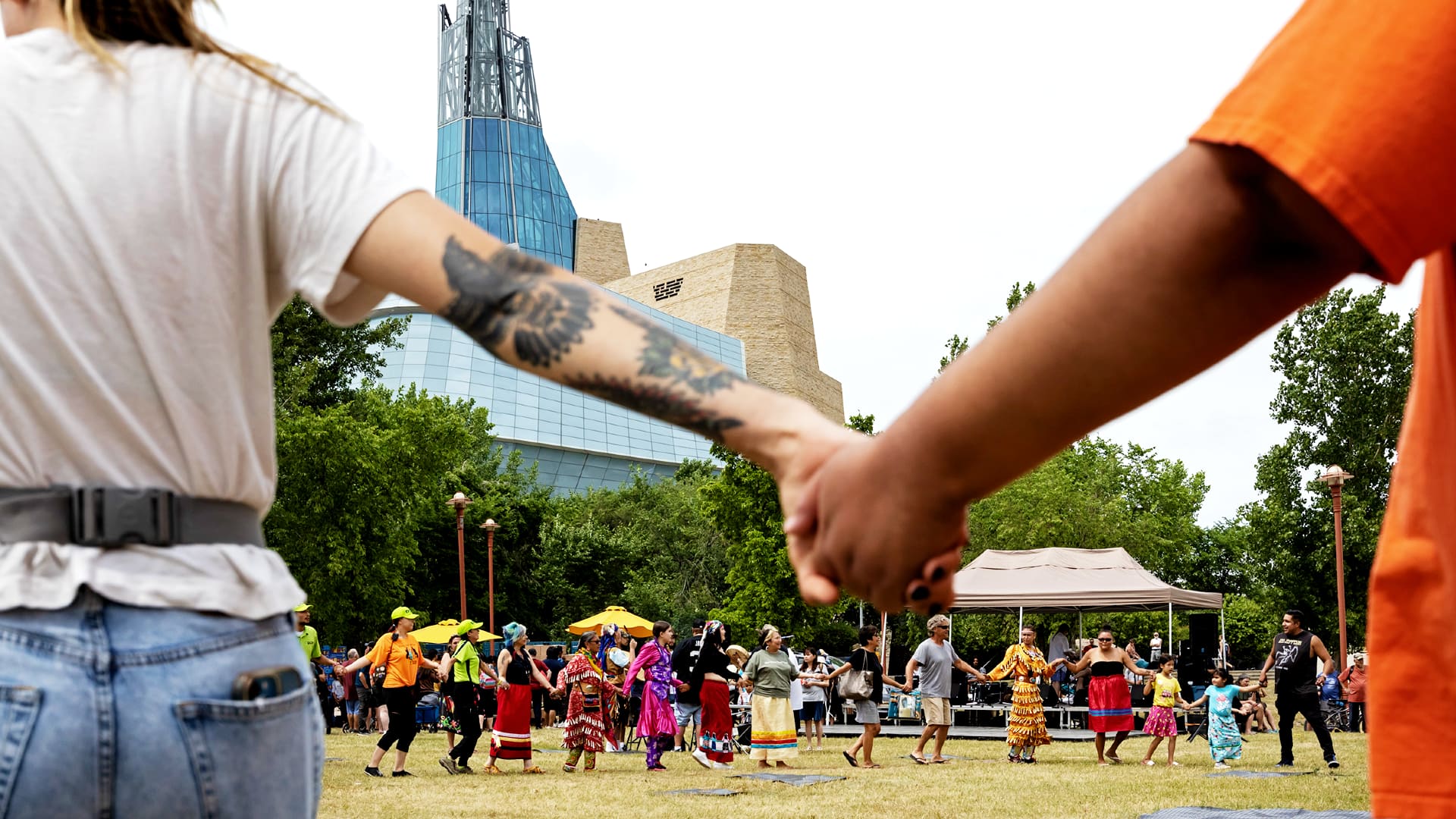The Intersection of First Nation Treaties and Metis Self-Government
Story by The Canadian Press • 1h ago
(ANNews) – On National Indigenous Peoples Day (NIPD) the Federal Government introduced Bill C-53 or Recognition of Certain Métis Governments in Alberta, Ontario and Saskatchewan and Métis Self-Government Act in the House of Commons. This piece of federal legislation is intended to enshrine recent self-government agreements enacted by various Metis organizations.
The Act utilizes a general application of the inherent right to self-government that exists within the Supreme Court of Canada’s definition of s.35, a right which was born from the outfall of the 1995 Quebec separatist referendum. During that tumultuous time, First Nations in Quebec took opposition to the province’s unilateral claim to their lands and resources. This opposition was strengthened by Quebec’s long-standing contestment of the Constitution Act of 1982, and its claim that they had never entered into Confederation, one of the tools that other provinces have relied upon to undermine Aboriginal title.
With the introduction of Bill C-53, we seem to be poised for another Constitutional conflict in Indian country. Over a number of years, in an attempt to gain further legitimacy and partnership with the Federal government, Metis organizations have been completing self-government processes. These processes involve management of membership outside of Federal determinations of metisness, as well as the ability to enter into claims processes like the problematic Specific Claims Policy imposed upon First Nations.
For First Nations leaders, the Act is seen as another affront to their negotiations regarding long-standing land disputes and past harms. In numerous press releases and statements, First Nations leaders like the Union of British Columbia Indian Chiefs (UBCIC) were clear to state that their opposition of the legislation is not directed towards Metis individuals, but rather what has been coined as “Metis Colonization.” For many, they see these new agreements as another process to carve out lands and resources, as well as allow other governing organizations to add to an already detrimental consultation regime and process.
Related video: Ann's Eye: military members join First Nations for a powwow (cbc.ca)
Duration 2:35 View on Watch
In Alberta, the issue becomes even murkier when one is aware of the background of prominent Treaty arrangements, like Treaty No. 8. It is a little known fact that when the Treaty was entered into in 1899 on the shores of Lesser Slave Lake, scores of what the government described as Metis people were admitted to the Treaty. It was approximately 40 years later that the government attempted to rectify this issue by establishing a commission and removing Metis individuals from Treaty rolls – an action that only added to the confusion and created real legal questions.
These legal questions will continue to make their way through the Court with members of the Wabun Tribal Council filing a judicial review of the Metis Nation of Ontario’s self-government agreement in March of this year – with the next hearing set for August 8 & 9, 2023. However, with Bill C-53 having received its first and second reading, it remains a possibility that the Federal Government passes this legislation before then. If that is the case, there is little doubt that First Nations will continue to push their opposition forward, with the ultimate decision resting with the Supreme Court of Canada.
In any event, the conflict and disagreements at present may also highlight a failure of governments past and present to properly negotiate with Indigenous peoples. It may also signal a failure of the Court to provide the clarifications necessary to ensure obligations outlined in agreements like the numbered Treaties are upheld by all parties. There are serious questions regarding which side of the Treaty people sit on, and who they owe obligations to. Questions which are fundamental to determining exactly what Canada is and whose land is it anyway.
Rob Houle, Local Journalism Initiative Reporter, Alberta Native News



No comments:
Post a Comment